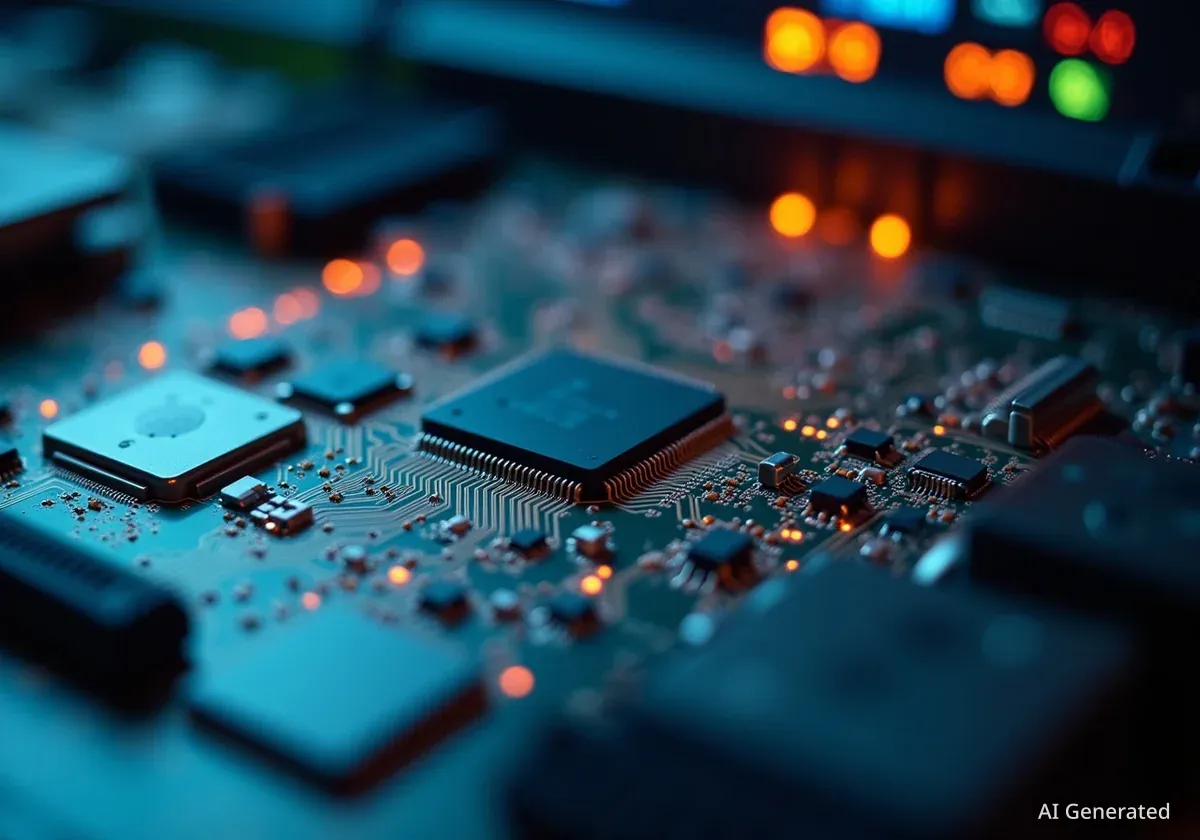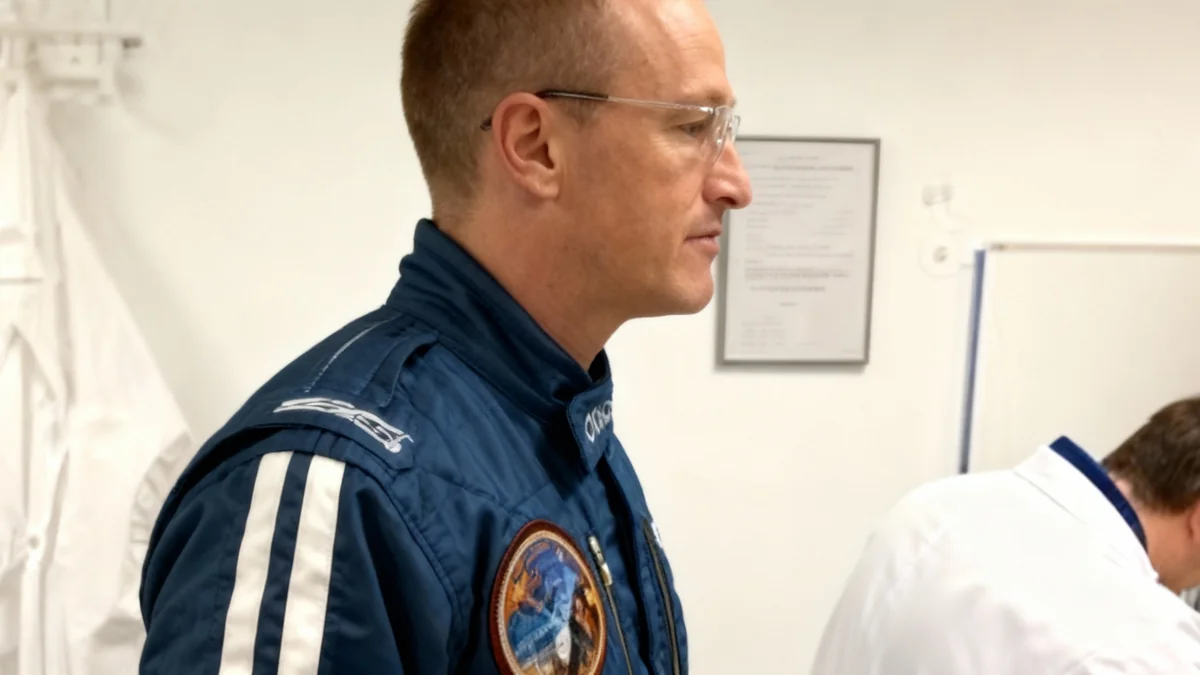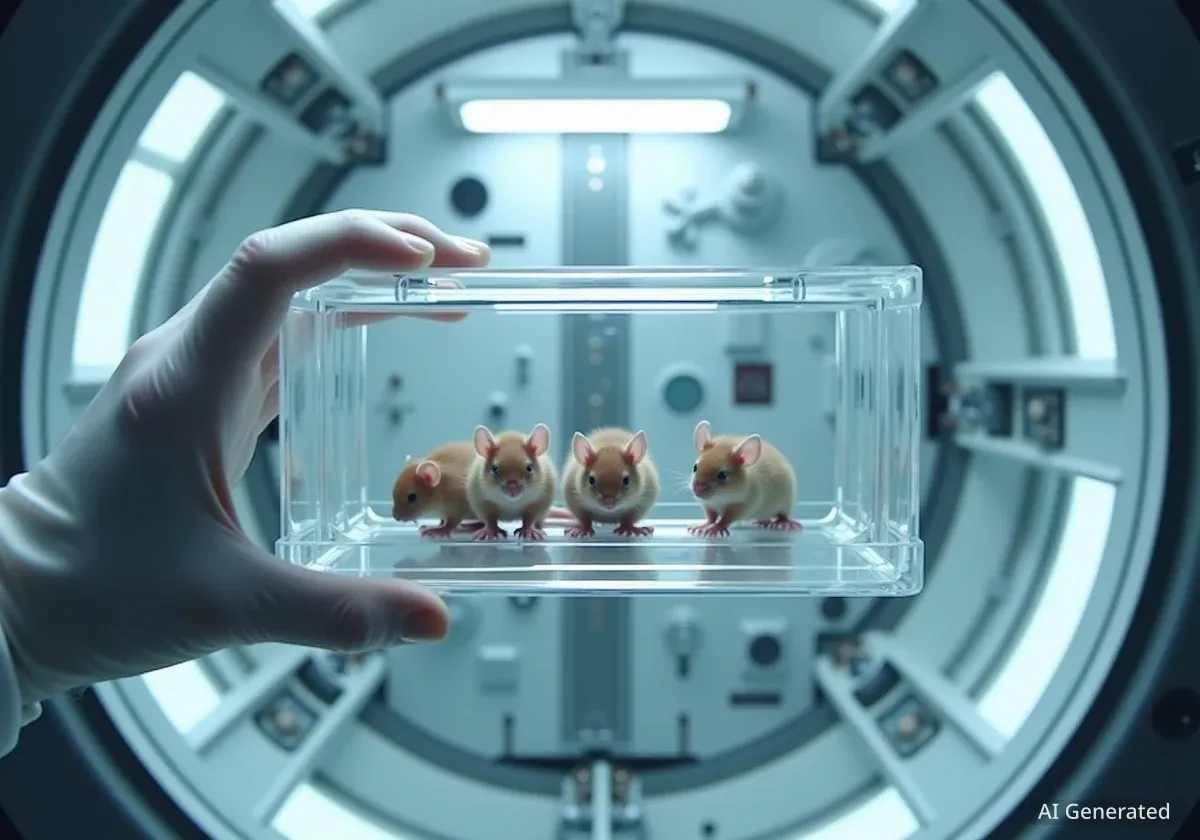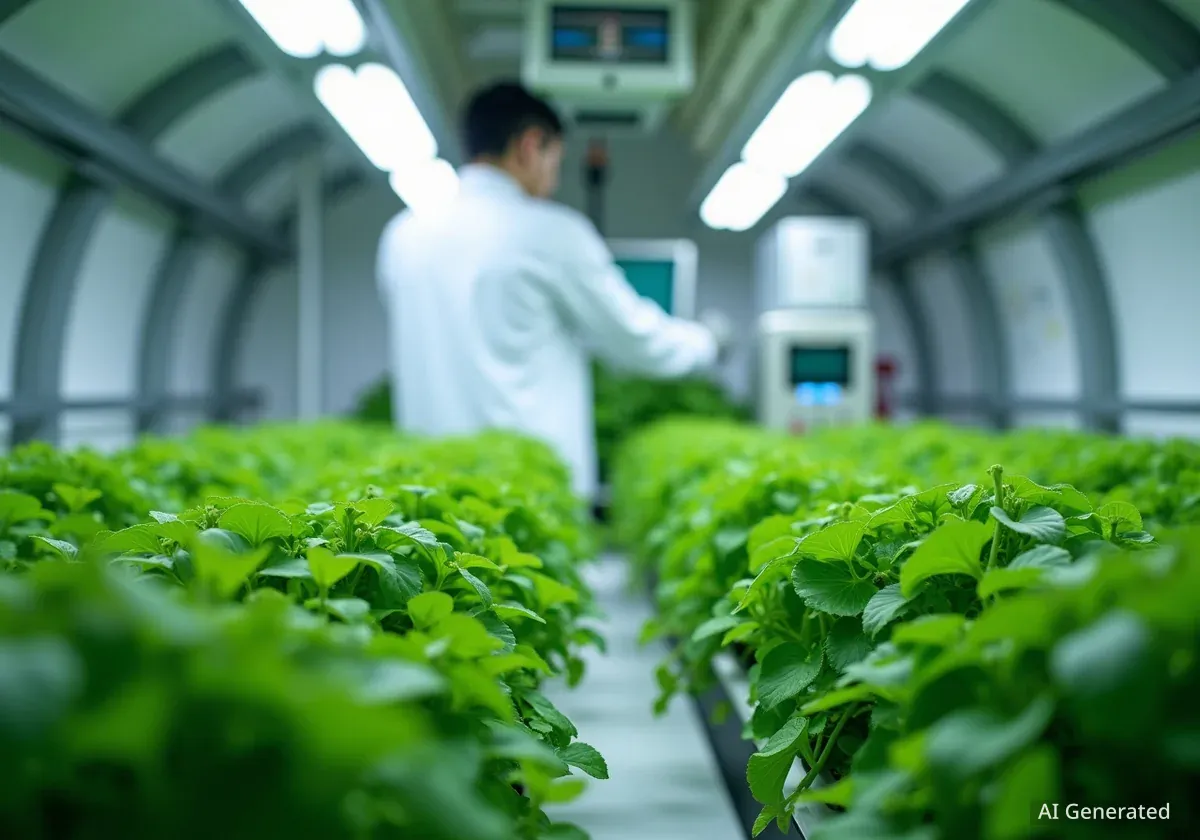UK-based space biotechnology startup Frontier Space has announced plans for a second mission in 2026 after its initial flight in April 2025 yielded mixed results. While the company's core technology was successfully validated in orbit, crucial data from its microfluidics experiment was lost due to an unrecoverable reentry capsule.
The first mission, which flew aboard ATMOS Space Cargo’s Phoenix 1 capsule, confirmed the functionality of Frontier's SpaceLab Mark 1 system. However, the company is now partnering with Orbital Paradigm for a follow-up flight to collect the specific biological data it missed.
Key Takeaways
- Frontier Space's first mission in April 2025 validated its core SpaceLab technology, including power, computing, and imaging systems.
- Critical data from the on-board microfluidics chip, designed for biological experiments, was lost when the reentry capsule could not be recovered.
- A last-minute trajectory change by launch provider SpaceX led to an unplanned splashdown location, complicating recovery efforts by ATMOS Space Cargo.
- Frontier Space is preparing for a second mission in 2026 on Orbital Paradigm's new reentry platform to complete its initial research objectives.
- The company's long-term goal is to scale its technology for pharmaceutical research and development in a microgravity environment.
The Inaugural ATMOS Mission and Its Outcome
Frontier Space, a company specializing in developing technology for in-orbit biopharmaceutical research, conducted its first major test this past April. The company's primary payload, the SpaceLab Mark 1, was launched into space as part of a mission managed by ATMOS Space Cargo.
The SpaceLab is a compact, automated laboratory designed to perform complex biological and chemical experiments in microgravity. According to Frontier, the mission successfully demonstrated the viability of the lab's fundamental systems.
Company officials confirmed that essential components performed as expected. This included the power supply, the onboard computer, the imaging system, and the communication links. As proof of concept, the team successfully downlinked a partially rendered image from inside the capsule while it was in orbit, confirming these systems were operational.
The Missing Piece of the Puzzle
Despite the successful validation of the core hardware, the mission did not achieve all its objectives. The most critical part of the experiment involved a microfluidics chip, a device engineered to manage tiny amounts of fluid for biological processes. This chip is central to Frontier's goal of automating experiments in space.
Performance data from this chip was never collected. The information was stored locally on the reentry capsule, which was ultimately lost. This data was essential for understanding how fluids behave within the chip's pathways in microgravity—a key factor for keeping biological samples alive and running successful experiments.
What is Microfluidics in Space?
Microfluidics is the science of manipulating and controlling fluids in channels with dimensions of tens to hundreds of micrometers. In space, this technology allows for the automation of complex biological experiments, such as cell cultivation or drug testing, using very small sample sizes. It reduces the need for manual astronaut intervention and enables more precise, repeatable research.
A Chain of Unforeseen Events
The failure to retrieve the mission's most valuable data was not due to a malfunction of Frontier's technology. Instead, it resulted from a series of logistical challenges that began just before the mission's return to Earth.
In the weeks leading up to the reentry, launch provider SpaceX mandated a last-minute alteration to the reentry vehicle's trajectory. This change shifted the planned splashdown zone from the Indian Ocean to a location off the coast of California.
This unexpected change forced the mission operator, ATMOS Space Cargo, to quickly arrange for new ground station links and recovery assets in the new area. Despite their efforts, ATMOS was unable to successfully locate and retrieve the Phoenix 1 capsule after it landed in the Pacific Ocean.
The Challenge of Space Mission Recovery
Recovering a reentry capsule from the ocean is a complex logistical operation that requires precise tracking, specialized vessels, and favorable weather conditions. A change in the landing zone can disrupt months of planning, requiring new permits, repositioning of ships, and establishing new communication relays, all on a very tight schedule.
A Second Chance with Orbital Paradigm
Undeterred by the setback, Frontier Space is actively preparing for its next flight. Oliver Pattinson, an optical systems engineer at the company, confirmed that a new mission is planned for the coming year. This time, Frontier will partner with Orbital Paradigm, utilizing their new reentry platform.
"One of the goals for this next flight…hopefully we can use it to address what was just missing on the microfluidics from ATMOS, which would be to get that understanding of fluidic pathways—the potential crucial elements for keeping biology alive, using this technology," Pattinson stated.
The upcoming mission will fly a slightly modified and more focused version of the SpaceLab. The primary objective is clear: gather the microfluidics performance data that was lost in the first attempt. Successfully collecting this information will be a critical step toward proving the technology's full capabilities.
The Bigger Picture for In-Orbit Research
Securing the missing data is an immediate goal, but Frontier's ambitions extend far beyond this next mission. The company's ultimate vision is to scale up its SpaceLab platform to serve a growing market for in-space research and manufacturing.
Pattinson explained that a larger, more advanced platform would allow research institutions and pharmaceutical companies to test and develop new drugs in a microgravity environment. Research has shown that the absence of gravity can affect cellular and molecular processes in ways that are impossible to replicate on Earth, potentially leading to new medical breakthroughs.
Future Technology and Market Adoption
Frontier is already designing future iterations of the SpaceLab. These advanced models are expected to incorporate a microfluidics chip with rotary valves, which would allow for more complex and iterative testing during a single flight. This capability will become increasingly important as demand for in-orbit biological research grows.
While the potential is significant, the biopharmaceutical industry has been cautious in its adoption of space-based research.
"There’s been such a quick growth in the space industry that I think biopharma is too big to maybe match that, but we’re seeing the early stages—the individual interest," Pattinson observed. He expressed optimism that this initial curiosity will eventually translate into larger, company-wide missions and goals.
Beyond pharmaceuticals, the technology could also have applications in other areas, such as generating the precursors for producing food for astronauts on long-duration missions, further expanding the potential utility of Frontier's innovative platform.





